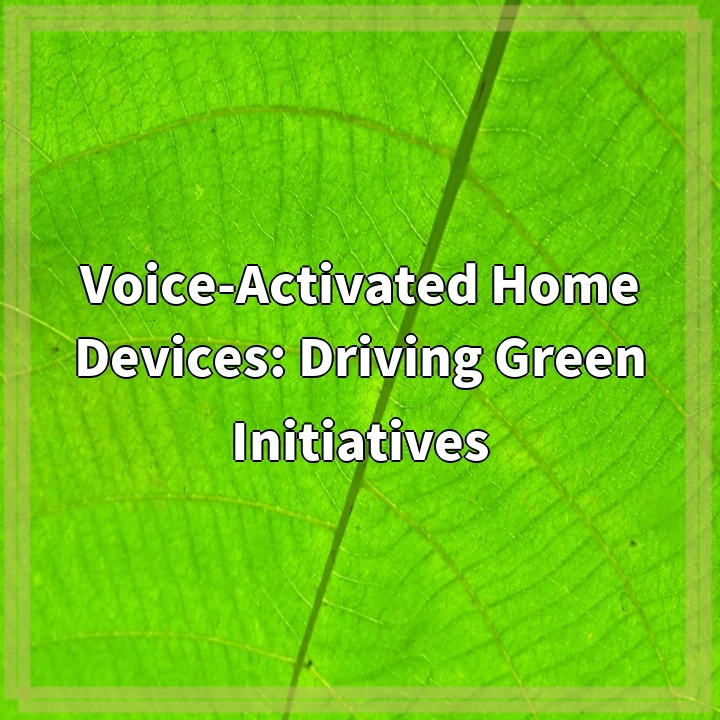
What it is:
Voice-activated home devices, also known as voice assistants or smart speakers, have gained popularity in recent years. These devices, such as Amazon Echo (Alexa), Google Home, and Apple HomePod, use voice recognition technology powered by artificial intelligence (AI) to perform various tasks upon voice commands. From playing music and answering questions to controlling smart home devices and placing online orders, these devices offer convenience and automation to many households.
Real-world problems:
While voice-activated home devices have brought about many benefits, there are also real-world problems associated with their use. Here are a few of these challenges:
1. Privacy concerns: Voice-activated devices are always listening for the trigger word or phrase to activate the AI assistant. This continuous listening raises concerns about privacy and data security. There have been instances where accidental activations have recorded private conversations or sensitive information without the user’s knowledge.
2. Energy consumption: Smart speakers are constantly connected to the internet and in an active listening state, which requires a continuous power supply. This constant energy consumption contributes to the overall energy consumption of households, potentially increasing carbon footprints. Furthermore, the production and disposal of these devices also contribute to electronic waste.
3. Dependence on internet connectivity: Voice-activated home devices heavily rely on a stable and reliable internet connection. In areas with poor connectivity, or during internet outages, these devices may become useless and limit their functionality.
4. Ecosystem impact: The production, maintenance, and disposal of these devices require various resources and materials. The extraction and manufacturing processes for these materials can have an impact on the environment, such as deforestation for raw materials and the release of greenhouse gases during manufacturing.
5. Limited reusability: With advancements in technology, newer models and versions of voice-activated home devices are frequently released, enticing consumers to upgrade. This can lead to a rapid turnover of devices and increased electronic waste, as older devices may not be easily repurposed or recycled.
These are just a few of the real-world problems associated with voice-activated home devices and their impact on sustainability and the environment. It is essential for manufacturers and consumers alike to address these challenges and explore ways to mitigate their negative effects.

Solutions for Voice-Activated Home Devices: Driving Green Initiatives
1. Privacy and Data Security:
To address privacy concerns, manufacturers should enhance the transparency of data collection practices and provide users with clearer options to control and manage their data. Implementing robust encryption and secure data storage can also help protect user privacy. Regular software updates and improvements can address vulnerabilities and ensure the ongoing security of voice-activated devices.
2. Energy Efficiency:
Manufacturers can focus on improving the energy efficiency of voice-activated home devices. This can be achieved by optimizing power management features, implementing sleep modes or low-power states when the device is not actively in use, and providing users with more control over the device’s power consumption. Additionally, educating users about the energy impact and encouraging responsible usage can promote energy-saving habits.
3. Sustainable Materials and Recycling:
Manufacturers should prioritize the use of sustainable materials in the production of voice-activated devices. This includes sourcing materials from environmentally responsible suppliers and ensuring the devices are designed for easy disassembly and recycling at the end of their lifecycle. By implementing take-back programs and partnering with e-waste recycling facilities, manufacturers can promote proper disposal and recycling practices.
4. Internet Connectivity Redundancy:
To address the dependence on stable internet connectivity, manufacturers can explore the integration of offline capabilities and local processing power in voice-activated devices. This would allow basic functionalities to work even without an internet connection, ensuring a more reliable user experience in areas with limited connectivity or during internet outages.
5. Longevity and Upgradability:
Manufacturers can aim to increase the longevity and upgradability of voice-activated home devices. This can be achieved by designing devices that are modular, allowing for easy component upgrades and repairs, and providing software updates that enhance functionality and extend the device’s lifespan. Promoting a culture of repairability and offering incentives for device trade-ins or recycling can also encourage responsible consumption practices.
By implementing these solutions, manufacturers and consumers can contribute to driving green initiatives associated with voice-activated home devices. It is crucial to prioritize sustainability and environmental considerations in the development, usage, and disposal of these devices to minimize their negative impacts and promote a more sustainable future.















